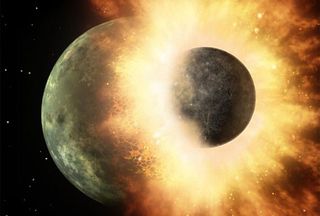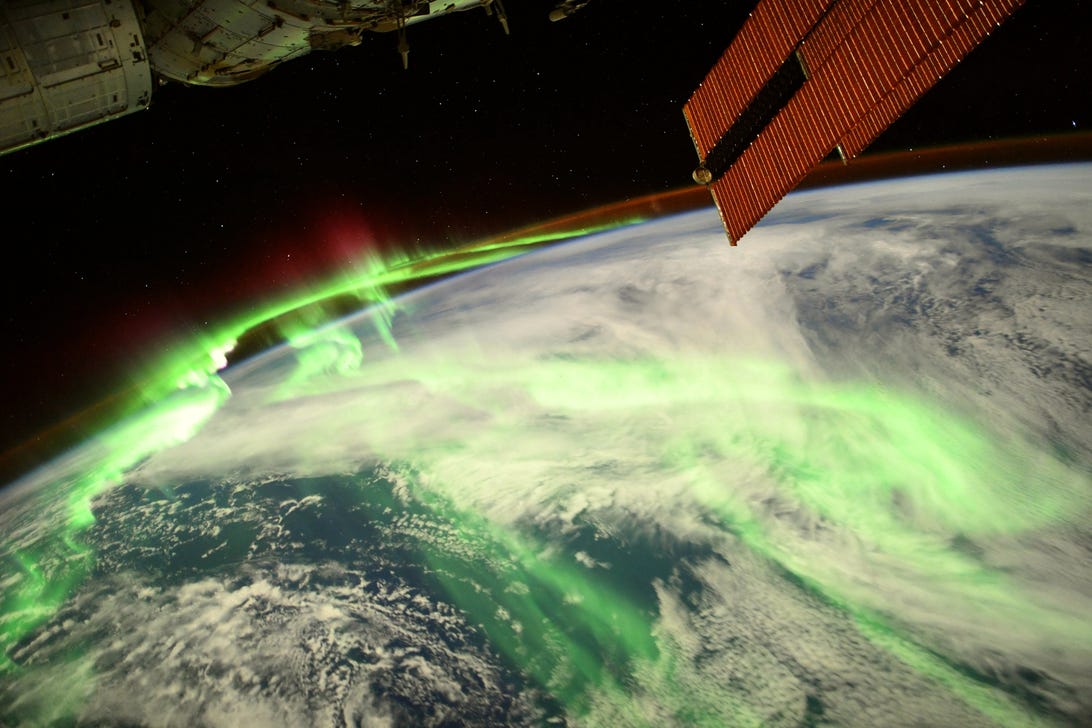Remains of organic molecules are found in the nucleus of ancient dinosaur cells

A team of scientists from the Chinese Academy of Sciences’ Institute of Vertebrate Paleontology and Paleontherology (IVPP) and the Shandong Tianyu Museum of Nature (STM) have preserved the finest 125 million-year-old dinosaurs in the northeast. China containing nuclei containing organic molecules and chromatin residues. The study was published September 24 in Communications Biology.
A dinosaur named Caudipteryx was a small peacock-shaped omnivore with long tail wings. During the early Cretaceous, they roamed the shores of the shallow lakes of Jehol Biota in Liaoning Province.
“Geological data has been accumulated over the years and it has been shown that fossil defenses in Jehol Biotta were exceptional because the bodies were trapped by fine volcanic ash and were preserved at the cellular level,” said Li Zhiheng, associate professor of IVPP and co-author of the study.
Scientists removed a piece of distal articular cartilage from the right thigh of this specimen, decomposed it, and used various microscopy and chemical methods to analyze it. After the death of the animal, they realized that all the cells had been mineralized by selection. This silicification most likely allows for the best preservation of these cells.
They also discovered two main types of cells: cells that were healthy at the time of the fossil, and healthy cells that were porous and non-fossilized in the process of dying. “It’s possible that these cells were dying before the animals died,” said Alida Baleul, an associate professor at IVPP and co-author of the study.
Cell death is a process that occurs naturally in the lives of all animals. But being able to place fossil cells in a specific place in the cell cycle is very new in paleontology. IVPP scientists have one goal: to improve cellular images in fossils.
Furthermore, the team isolated some cells and stained them with chemicals used in biological laboratories around the world. This purple chemical called hematoxylin is attached to the nuclei of cells. After staining the dinosaur material, a dinosaur cell showed a purple nucleus containing some dark purple threads. This means that a nucleus in a 125 million-year-old dinosaur cell is so well preserved that it retains some of the original bio-molecules and chromatin threads.
Chromatin is made up of tightly packed DNA molecules in the cells of all living things on Earth. The results of this study thus provide preliminary data that suggest that remnants of the original dinosaur DNA can still be preserved. But to test this precisely, the team needs to do a lot more work and use chemical methods that are more sophisticated than the stains they use here.
“Let’s be honest, we’re clearly interested in fossil cell nuclei because most DNA should be there if DNA is protected.” Last year she published another study reporting exceptional molecular and biomolecular protection in dinosaur cartilage cells in Montana. “So, we have good basic data, very exciting data, but we’re starting to understand cellular biochemistry even in older fossils. At this point, you need to do more work.”
The team insists they need to do more analysis and develop new methods to understand the processes that allow biomolecular protection in dinosaur cells, as no one has ever successfully sequenced dinosaur DNA. In the ancient DNA community, sequence methods are used to confirm whether ancient DNA is preserved in fossils. So far, these methods have only worked for young fossils (not more than a million years old), but they have never worked for dinosaur material. Dinosaurs are considered too old to preserve any DNA. However, the chemical data collected by scientists from IVPP and STM suggest otherwise.
Although more data needs to be collected, this study clearly shows that 125 million-year-old fossil dinosaur cells cannot be considered 100% rock. They are not completely “stoned”. Instead, it still contains remnants of organic molecules. Now, it is essential to find out exactly what these molecules are, whether they retain any biological information and DNA remnants.











